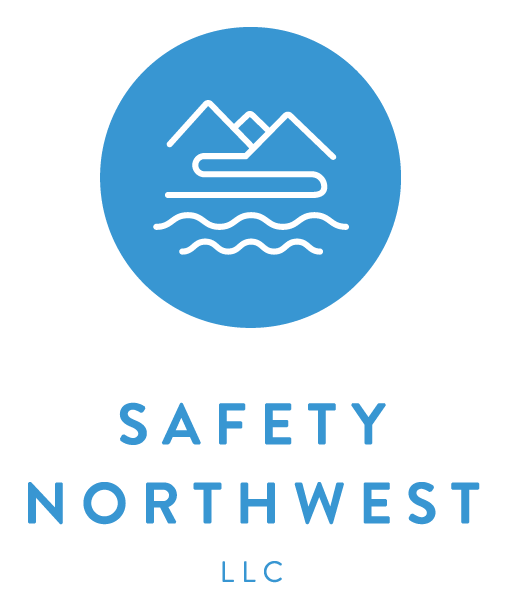Building a Safety Culture from Day One
Do you remember your first day on the job? For veteran employees it can be easy to forget how overwhelming a new start can be. An employee on day one won’t know what they are supposed to do, where it needs to get done, or when it should happen – but they will want to do it well!
Almost every new hire wants to show that they are a good addition to the team, so they push their limits to prove themselves. This go-go-go mentality, something they think will be rewarded with affirmation of a job well done, contributes to the higher rates of injuries incurred by newer employees. Organizations must have a tool to teach new employees to first listen and learn.
Day one safety orientations are that perfect teaching tool to because they communicate an organization’s policies, resources, and safety goals. In addition to learning about on-the-job hazards, safety orientations should be answering basic questions like these:
1. Does the employee know that if they feel unsafe, they can stop work and ask the question?
2. If there was a building emergency, can they find the evacuation assembly area?
3. Who is their safety committee representative?
4. Must they really report all injuries?
New hire safety orientations are an integral component of welcoming an employee to the group and, when conducted well, will be one of your best high impact tools in your loss control arsenal. If done poorly, just another box is checked for the file and your new hire is on their own.
Onboarding sessions frequently take place inside the HR office or supervisor’s office. Maybe the safety orientation is a video, a checklist or quick tour of the facility. When finished, the employee exits the office and starts their “real” job on the floor. This form of orientation reinforces the gap between work and safety. Consider having the employee’s immediate supervisor conduct the safety orientation instead of or along with the safety department, management, or HR.
New hire safety orientations are the perfect time to set the tone for the employee-supervisor relationship. The early interaction establishes that supervisors are accountable for their department employees’ safety just as they are their productivity. Supervisors also have task-specific information that a video or briefing from management would unlikely convey.
The primary goals of a safety orientation is to inform employees of the risks and hazards associated with their job tasks, and how to protect themselves. Keep it relevant and introduce to the employee what they need to know, when they need to know it to avoid an information dump. The initial safety on-boarding should make the new hire feel confident, safe, welcome, and comfortable asking questions and making observations. Follow through with more comprehensive safety training as the employee’s performance, needs, and responsibilities progress.
